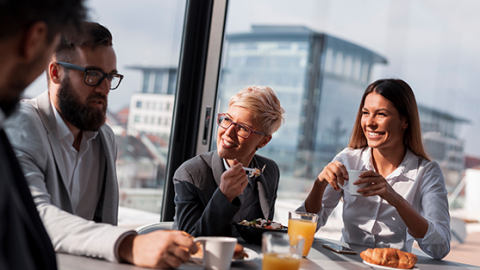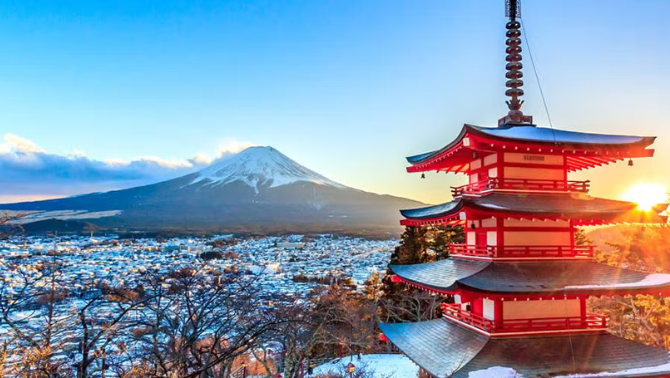
The insider’s guide to business travel in Tokyo
Welcome to Tokyo, where bowing is polite, punctuality is non-negotiable, and post-meeting karaoke is practically mandatory. Here, business and pleasure collide; one minute you’re sealing deals in a sleek boardroom, the next you’re belting out “Livin’ on a Prayer” over saké shots in Shinjuku.
Home to tech and automotive giants like Sony, Toyota, and Panasonic, Tokyo is a global business magnet wrapped in neon lights and centuries-old temples.
Contents
Big numbers, bigger energy
Here’s a stat that’ll make you sit up straighter on the plane: Tokyo Metropolis has over 14 million residents. Zoom out to the greater metro area? Try 37 million. Yep, that’s more than Australia’s entire population crammed into a space much smaller than Victoria.
But don’t worry, thanks to world-class city planning, Tokyo doesn’t feel too crowded. It's fast-paced but strangely calm, with trains that run like clockwork and spotless streets at every turn.
Fun facts from the past
Let’s rewind for a sec.
Tokyo hasn’t always been the capital. That title used to belong to Kyoto. But in 1869, the Emperor packed his bags and moved to Edo (now Tokyo), making it the political and cultural heart of Japan.
Japan’s Imperial House is the oldest continuous monarchy in the world (yes, even older than the Brits). Today, the Emperor’s role is mostly symbolic, but he remains a major cultural figure.
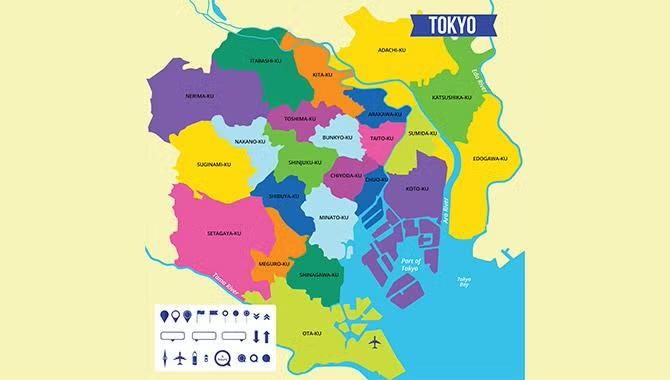
A quick(ish) map of Tokyo
Tokyo is made up of 23 special wards (municipalities), and each ward has its own flavour, function, and flair. From the neon-drenched energy of Shibuya to the serene shrines of Asakusa, you could spend a lifetime exploring every corner.
But you’re not here on a sabbatical, so let’s stick to the districts where you'll be building those business relationships.
Business districts
Of the many districts, a few do the heavy lifting when it comes to business and government. If you’re jetting in for work, odds are you’ll be shaking hands (or bowing politely) in one of these high-powered postcodes.
| District | Corporate Offices |
| Akasaka | Fujifilm, Fuji Xerox, Universal Music Japan LLC, Komatsu |
| Ikebukuro | Hitachi Plant |
| Roppongi | Ferrari Japan, Lenovo Japan, Google Japan, Goldman Sachs |
| Marunouchi | Hitachi, Mitsubishi, Nikko Citigroup, JPMorgan Chase, Deloitte Touche Tohmatsu |
| Nihonbashi | HSBC Japan, Takeda Pharmaceutical Company, Bank of America Merrill Lynch Japan |
| Nishi-Shinjuku / Shinjuku | Sanofi, Taisei Corporation, Seiko Epson, Tokyo Metropolitan Government |
| Shibuya | Coca-Cola Japan, Kentucky Fried Chicken Japan Ltd, Nippon Crown Records Co Ltd, Sapporo Breweries Limited |
| Shiodome | Dentsu, Fujitsu, Nippon Express, Softbank |
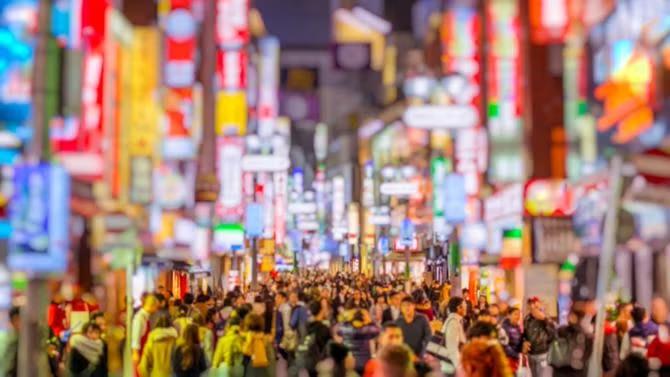
Shinjuku
Shinjuku is the buzzing brain of Tokyo’s government and corporate world. If your business meetings are here, lucky you, you’re working in the middle of the action.
If you need a breather between boardrooms, head to the Tokyo Metropolitan Government Building. It’s got a free observation deck (you read that right – free!) sitting 202 metres above the city. On a clear day, you might even catch Mount Fuji photobombing your skyline selfie.
Pro tip: The North Observatory is open till 11 pm, perfect for a post-dinner view with zero queues.
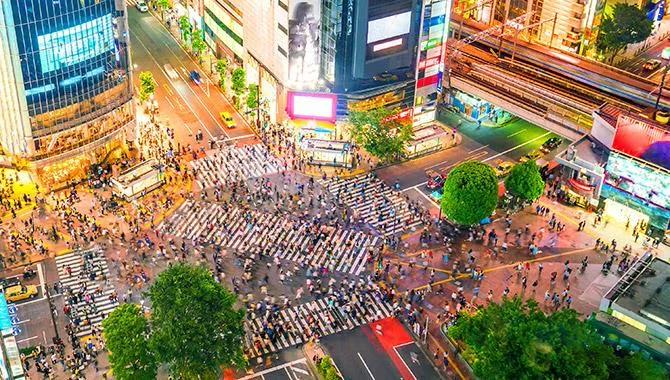
Shibuya
Even if you’ve never been to Tokyo, you’ve definitely seen Shibuya Crossing. It’s the world's busiest pedestrian crossing where 3,000+ people cross at once.
Tick it off your Tokyo to-do list, then swing by the Hachiko Statue, a bronze pup with a heart-melting backstory. Spoiler: this good boy waited at the train station for his owner every day, even after he passed away. If you’ve seen the Richard Gere movie, you already know. Tissue, anyone?
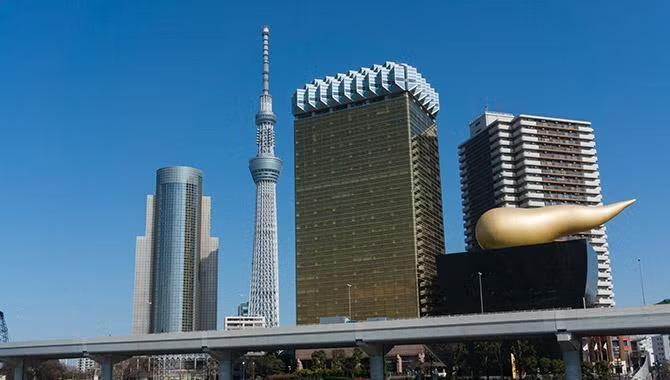
Asakusa/Sumida
If you need a little zen after a jam-packed itinerary, Asakusa’s your place. Step into old-world Tokyo and check out Sensoji, the city’s oldest Buddhist temple that was completed in the year 645 (no, that's not a typo). It’s free to visit and right next to a lively strip of souvenir stalls where you can add to your fridge magnet collection.
Close by in Sumida, you’ll find the Tokyo Skytree, the tallest structure in Japan. It's a broadcasting tower that also houses an aquarium, a massive shopping complex, and not one, but two sky-high observation decks:
- First deck (350m): ¥2,100 (~$23 AUD)
- First deck and second deck (450m): ¥3100 (~$35 AUD)
And while you're in the area, look out for the golden sculpture atop the Asahi Beer HQ. The Asahi Beer Tower is a sculpture by Frenchman Philippe Starcke and it's meant to be a “golden flame”... but locals lovingly call it the “gold poo building.” Yep, once you see it, you won’t unsee it.
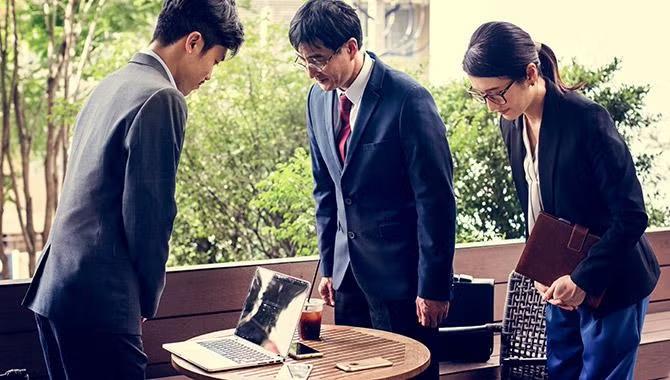
Business culture in Tokyo
Japanese business culture is a little different from the Western way of doing things. It’s all about respect, hierarchy, and making a solid first impression (preferably without breaking any unspoken rules).
Whether you’re meeting with a startup founder or a senior exec at a global giant, your best bet is to start formal. Suits sharp, bows crisp, business cards ready. You can always dial it down once you've taken the lead from your host.
The almighty business card
In Japan, business cards are huge. They are typically printed two-sided, with Japanese on one side and English on the reverse.
When it comes to business card etiquette in Japan, here’s how to do it right:
- Present your card with both hands.
- Make sure the Japanese side is facing up so it’s easy to read.
- Accept cards the same way, with both hands, a polite nod, and a quick moment to read the name.
- Don’t stuff it in your back pocket or wallet; treat it with respect by placing it in a card holder or compendium.
Pro tip: If you visit Japan for a week of meetings, pack at least 100 cards. You might hand out 10–12 in a single session. Speaking at a conference? Bring backup, and then some.
What to wear: men
Time to suit up. In Japan, business attire is formal, seasonal, and all about making a polished first impression. Less is more, so go easy on the aftershave, keep hairstyles neat, and be clean-shaven. In many traditional Japanese companies, beards and shaved heads aren’t the norm, so best to keep it classic unless you know otherwise.
Here’s your quick-fire guide to looking sharp and culturally spot-on, year-round.
- October–April: Stick to dark navy, charcoal grey, or black suits. Pair with a white shirt and a subtly designed tie.
- May–September: Lighter grey suits are the norm during the warmer months.
- December–February: A classic formal overcoat will keep you warm and in style.
- March–April: Opt for a short raincoat to battle the spring showers.
One to avoid: A black suit with a white shirt and black tie is funeral attire in Japan. Unless you’re attending one, steer clear of this combo.
What to wear: women
Japanese business dress codes tend to be conservative, especially for women, and often more formal than what you might be used to in Western workplaces. The safest bet? Start off subtle and adjust as you go.
- Here are a few tips so you can show up ready to impress.
- Keep colours neutral: Stick with the same seasonal tones as the guys: navy, grey, and black.
- Dial down the glam: Simple makeup, minimal jewellery, and a professional look over a flashy one.
- Go with a pantsuit or longer skirt suit: Above-the-knee is generally a no-go.
- Stick to low heels: Most companies don’t allow high heels in the office.
- Style your hair simply: Short or neatly tied back is the standard.
General etiquette in Tokyo
Before you hit the meeting room, here’s your crash course on what not to do.
- Steer clear of politics, religion, or family talk. Not the time, not the place.
- Don’t blow your nose in public. If you need to, make a sneaky exit to the bathroom and take care of business in private.
- Skip the handshake. Bow like a local. It’s expected and respected.
- If they offer a handshake, keep it light. This isn’t the time to show off your grip strength.
- No high-fives, back pats, or friendly jabs. Keep your hands to yourself.
- Speak respectfully about your team and your company. In Japan, loyalty is everything.
- Avoid prying into people’s personal lives. It’s considered intrusive.
- Take notes in meetings. It shows you’re engaged and taking things seriously.
- Stick to the agenda and the clock. Going overtime is a no-go.
- Make your slides detailed. The more info, the better. Clarity and context matter here.
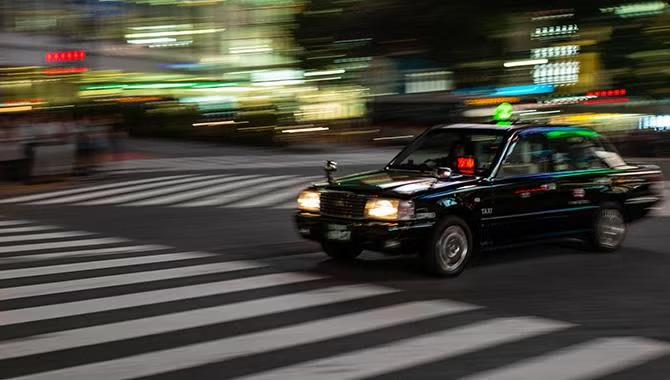
Arriving at the airport
When you fly into Tokyo, you’ll touch down at either Narita or Haneda. Both will get you there, but the experience and the distance to the city are very different. Here’s what you need to know before you hit the tarmac.
Narita Airport
Narita is about 60km from central Tokyo, so expect the trip to take around 1 to 1.5 hours. It’s big, busy, and handles a huge chunk of international traffic. There are three terminals, and if you’re flying long-haul, chances are you’ll be landing here.
Need a pit stop before heading into the city? Lounges are available in Terminals 1 and 2, perfect for freshening up or firing off a few last-minute emails.
Haneda Airport
Closer to the action, Haneda Airport is just 27km from central Tokyo, which means you can hit the city in about 35 minutes. It’s got three terminals:
- Terminals 1 & 2 are domestic and managed by Japan Airport Terminal Co
- Terminal 3 is international and managed by Tokyo International Airport Corporation
Pro tip: Each terminal is run by a different company, so double-check your airline and arrival terminal before you land. Don’t worry, signage is excellent, and help is easy to find if you get turned around.
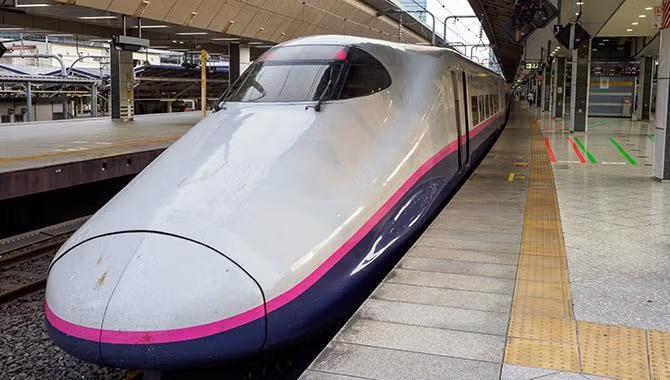
Choose your ride to Tokyo
Whether you're all about comfort, convenience, or cost, here are your main options to get from the airport to central Tokyo.
Taxi
Taking a taxi is the most straightforward, but also the most expensive, way into the city. It’s comfy, you’ve got space to send a few emails en route, but don’t expect a fixed fare. And heads-up: taxi drivers don't all speak English, so have your hotel address written down in Japanese to avoid any lost-in-translation detours.
Bus
The Airport Limousine Bus is a stress-free way to get to major hotels across Tokyo without the train transfers. It’s a little pricier than public transport, but totally worth it if you’ve got luggage or just want to zone out post-flight.
Lost at the arrivals gate? Look for the big orange signs at the airport or ask staff to point you to the right bus for your hotel.
Train
If you’re keen to hit the rails like a local, Tokyo’s train network is a dream. From either airport, you can train your way into the city at an impressive speed. Just keep in mind:
- You might need to transfer once or twice, depending on where you’re staying.
- Watch the stops closely, Tokyo stations can be wild for first-timers.
Getting around Tokyo
Navigating Tokyo's transport system is a breeze when you've got the right tools. Enter the Suica and Welcome Suica cards, your all-access passes to trains, buses, and even the odd vending machine snack.
Suica card for everyday travel
The Suica card is a rechargeable smart card that lets you tap on and off public transport across Tokyo (and other major cities), while also doubling as a quick-pay option at convenience stores, kiosks, and beyond.
- Cost: ¥2,000 (~$24.50 AUD), which includes a ¥500 refundable deposit and ¥1,500 travel credit.
- Where to get it: Most JR East stations, including Narita and Haneda airports.
- Validity: No expiry, as long as you use it once every 10 years.
You can also return it before leaving Japan to get your deposit back (minus a small handling fee, if applicable).
Welcome Suica card for the short-stay crowd
In town for less than a month? The Welcome Suica is designed just for tourists. It offers the same convenience with a few tweaks to keep things simple.
- No deposit: Just pay for the credit you want to use.
- Valid for 28 days from first use so it's ideal for business trips and holidays.
- Where to get it: JR East Travel Service Centres and select vending machines at major stations and airports.
Just note that any leftover credit won’t be refunded, so try to use it all up before you fly out (a few last-minute convenience store snacks should do the trick).
Go digital and add Suica to your mobile wallet
Hate the hassle of buying a travel card when you land? Good news, you don’t have to. You can add a Suica or a Welcome Suica card directly to your iPhone or Apple Watch.
- No need for a Japanese address or credit card.
- No deposit needed.
- Top up via Apple Pay, anytime.
- Works just like the physical card for trains, buses, and purchases.
At the moment, Suica mobile is iOS only, so Android users will need to stick with the physical version for now.
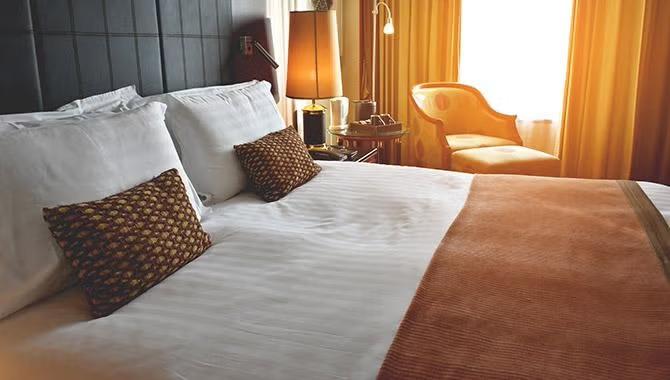
Best hotels in Tokyo for a business trip
When it comes to business travel, your hotel shouldn’t just be a place to crash, it should work as hard as you do. That’s why we’ve partnered with a bunch of top hotels across Tokyo’s key business districts to score seriously good rates for our travellers.
Here are three of our favourites to get you started. They're all in prime locations, with the kind of comfort, convenience, and Wi-Fi speed that makes working on the road easy.
Want the full list or looking for something more tailored? Just give our team a shout and we’ll hook you up with great deals (and zero booking stress).
Ibis Tokyo Shinjuku – Nishi-Shinjuku
The Ibis Tokyo in Nishi-Shinjuku offers wallet-friendly rates in a prime city location. Smack bang in the heart of Tokyo’s skyscraper district, you’re just a 3-minute stroll from the Shinjuku Metro Station, perfect for getting around town fast. Rooms come with free internet, so you can catch up on emails or let the fam know you survived the Shibuya crossing. When the day winds down, hit the in-house restaurant for a bite or swing by the hotel bar for a well-earned nightcap.
Grand Hyatt Tokyo – Roppongi
If you're after a little more luxury, the Grand Hyatt Tokyo in Roppongi is a prime choice. Think sleek, modern rooms with a touch of Japanese flair, plus all the extras: a top-notch restaurant, pool, gym, spa, and free internet to keep you connected (or help you zone out after back-to-back meetings).
Intercontinental – ANA Tokyo (Akasaka)
Heading north of Roppongi for meetings or client visits? The InterContinental ANA Tokyo in Akasaka is a solid base. You’re within walking distance from Tokyo Tower and just minutes from three Metro stations. Rooms are spacious, beds are comfy, and the blackout curtains mean you’ll have a solid sleep. Plus, with free high-speed internet (wired and wireless), your presentation will be polished, prepped, and ready to wow.
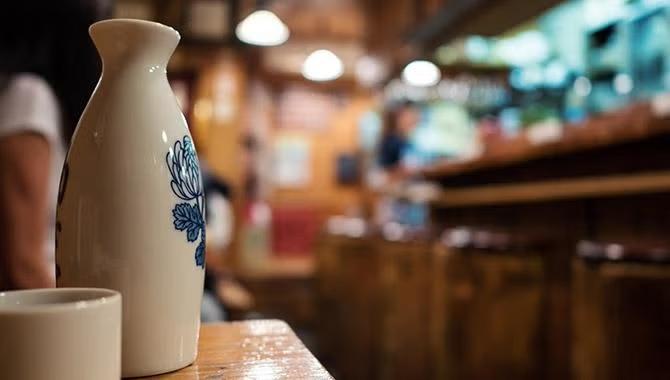
Bars in Tokyo
You won't find a shortage of bars here. Whether you’re in the mood for a crisp Asahi, a frosty Sapporo, or a glass of saké that goes down smoother than your last Zoom call, you won’t have to look far.
Japan’s drinking laws are a little looser than back home in Australia. You can buy booze at your local 7-Eleven or grocery store, and it’s totally legal to drink in public. Just remember, the legal drinking age is 20, so keep that in mind if you’re travelling with younger colleagues.
Now, let’s talk saké, Japan’s national drink and a bit of a misunderstood legend. Despite what Western habits suggest, it’s not a shot. It’s sipped slowly and respectfully, often poured into small cups. You can enjoy it warm (the traditional way) or chilled.
Saké bars are scattered all over Tokyo. A quick search from your hotel will turn up plenty of nearby gems. And don’t be surprised if the night ends with karaoke, it’s practically a national sport.
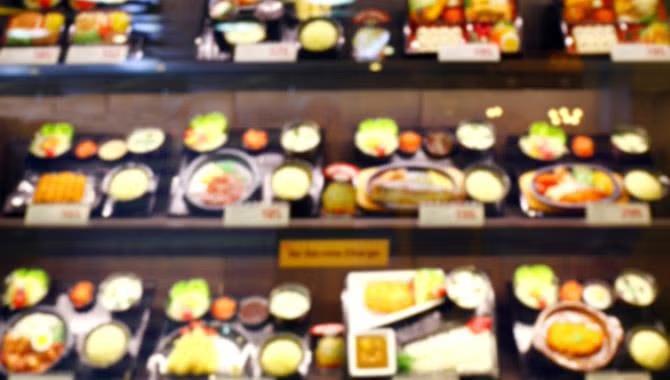
Food in Tokyo
One thing you’ll notice pretty quickly in Tokyo is a lot of plastic on the menu, and we’re not talking about packaging. Most restaurants (aside from the super-fancy ones) have wax or plastic replicas of their dishes proudly displayed in the window, so you can decide on your dish before even stepping into the restaurant.
It might look like a novelty, but this is big business. The replica food industry in Japan is worth around $90 million, and once you see the detail in these faux feasts, you’ll get why. From glistening bowls of ramen to perfectly placed tempura prawns, it's art meets appetite. Plus, it's super practical for overcoming any language barriers!
Cuisine
If your idea of Japanese food is chicken and avo sushi from your local Aussie food court... you're in for a bit of a surprise. In Tokyo, sushi isn’t a lunchbox staple. And chicken? Not a common filling. You’ll find way more fresh fish, brothy soups, noodles, and flavour-packed local specialties on the menu.
That said, Tokyo’s no stranger to Western cravings. From Big Macs to Starbucks frappuccinos, international chains are scattered across the city. So if you need a comfort coffee or post-meeting burger fix, you won’t go hungry.
Good news: Tokyo is incredibly visitor-friendly. At most spots, you’ll be handed an English menu without even asking.
The business dinner
Tokyo does private dining well. Just make sure to book ahead. In Japan, not planning shows a lack of respect, so lock it in early.
For something authentic near Roppongi, Ise Sueyoshi is a standout. Once you reserve, they’ll even email you to check dietary needs. It’s intimate, refined, and the chef’s trained all over the world.
Craving noodles? Ippudo Roppongi is a local ramen favourite with serious street cred. Comfort food done right, and you’ll probably be hooked after the first bowl.
To impress, head to Tapas Molecular Bar in Nihonbashi. With just eight seats per sitting and a range of dishes served in traditional sushi-bar style, it’s a standout spot for hosting business guests.
The lunch option
If you're stuck for lunch, just head to the nearest metro or train station; there’s almost always a quick, tasty spot nearby.
Tokyo’s got plenty of Western options if you need a break from ramen and katsu curry, from steakhouses to Starbucks. And yes, there’s McDonald’s—don’t leave without trying the Teriyaki Chicken Burger.
The quick bite
If all you want is to grab something and crash in your hotel room, 7-Eleven is your go-to. And no, it’s nothing like the Aussie version.
In Tokyo, 7-Eleven is next-level. We’re talking fresh sushi, baked goods, microwave meals, and more. Fast, tasty, and perfect for when you just want to duck in, stock up, and retreat to your room for a little peace and quiet.
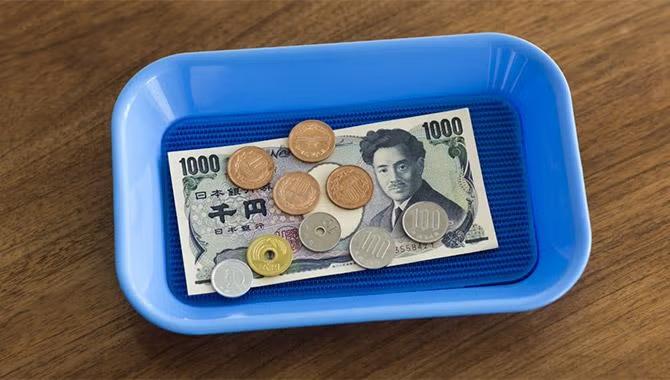
The need to know before you go
Before you dive into Tokyo’s business scene, here are a few cultural tips and quirks that’ll make navigating daily life a whole lot smoother.
The people
Polite, helpful, and masters of hospitality, Japanese people are very welcoming. A little bow goes a long way (and trust us, you’ll be doing it without thinking soon enough). Don’t be surprised if someone wants to practice their English with you, especially over a drink. You might just become the life of the bar without even trying.
Cash society
Surprisingly, cash is still widely used in Japanese society. You’ll be able to use cards at big hotels and chain stores, but when it comes to taxis, ramen joints, or corner cafés? Bring yen. It also makes splitting bills with colleagues super simple.
7-Elevens have ATMs that accept most major credit cards if you need to get more cash out.
No tipping
Tipping isn’t part of the culture, and trying to leave one might actually offend. Keep your extra coins, and just offer a warm thank you instead.
Cash tray
At most stores and restaurants, you’ll spot a little cash tray at the counter. Pop your money in there instead of handing it over directly. It’s cleaner, smoother, and spares everyone the awkward hand fumble.
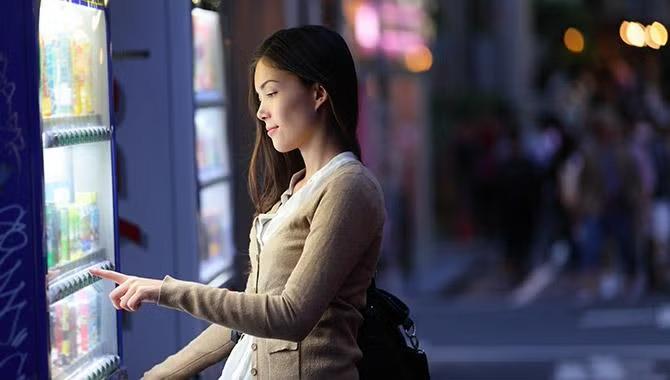
Vending Machines
Craving a soft drink at 3 am? You’re in luck, vending machines are EVERYWHERE in Japan.
They’re stocked with everything from coffee and tea to weird-and-wonderful flavours (yes, Cherry Blossom Coca-Cola is a thing during Sakura season).
This is the easiest way to use spare cash, just be sure to check the blue or red light under each drink—blue means cold and red means hot.
Litter
Japan is NOT the place to drop your rubbish and keep walking. The streets are spotless, and that’s no accident; cleanliness is baked into the culture.
In fact, after a 2014 World Cup match, Japanese fans made headlines for staying behind to clean up the stadium. Not their mess, not their seats, didn’t matter. They grabbed rubbish bags and got to work.
Recycling is a big deal here too. Japan recycles around 77% of its plastic waste, and public spaces in Tokyo, from parks to train stations, are nearly litter-free. But here’s the twist: you’ll barely find any public bins. Most people carry a small bag for their rubbish and deal with it later.
Pro tip: chuck a couple of ziplock bags in your pocket or bag. And if you’re hunting for a bin, check around vending machines as they’re one of the few spots where you’ll find one.
Stay connected
Good news: Tokyo takes tourist services seriously, and that includes keeping you online. You’ll find loads of free Wi-Fi networks across the city, in stations, shopping centres, cafes, and more. Worst case? There’s always Starbucks. Or, if you're staying somewhere a bit fancy, many upscale hotels loan you a smartphone with internet access to use (and take with you) during your stay.
Want your own connection? SIM cards are easy to grab at the airport or can be delivered straight to your hotel, ready and waiting when you check-in. Alternatively, eSIMs offer a hassle-free option for compatible devices, allowing you to activate a local data plan without swapping physical cards.
If you are travelling with a laptop, tablet, and work phone, go for a pocket Wi-Fi device instead, as it keeps multiple devices connected on the go. EConnect Japan is a solid option for both SIMs and pocket Wi-Fi, and their setup is as smooth as Tokyo’s train system.
Gambling
Gambling for cash is illegal, so you won’t find poker machines in Japan. But what you will find is Pachinko. Everywhere.
Pachinko parlours are loud, bright, and packed with what look like upright pinball machines. Instead of betting cash, players use small metal balls—the bet, the game, and the prize, all in one.
Win enough balls and you’ll trade them in for prizes or tokens on-site. Then, in true Japanese workaround fashion, you can exchange those prizes for cash at a separate location nearby. Smart, right?
And if you’re wondering just how big this whole Pachinko thing is, according to Fortune, the Japanese Pachinko industry is worth more than Macau, Vegas, and Singapore combined.
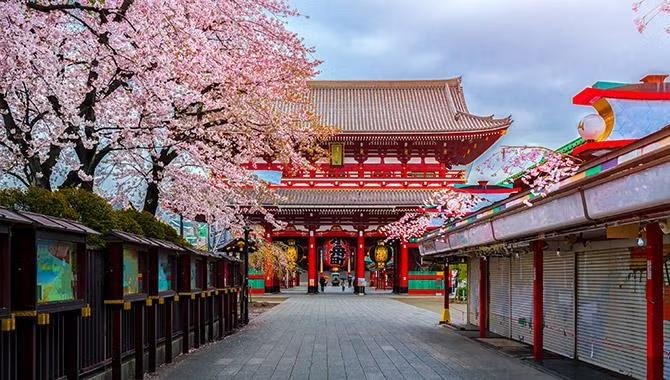
Religion
While it’s best to steer clear of religion in work chats (very much not a lunchtime convo with colleagues), you’ll still see its influence woven into daily life, especially in Tokyo’s temples and shrines. You don’t need to be religious to appreciate them; they’re cultural, historical, and often incredibly beautiful.
Shinto shrines
Shrines are tied to Shintoism, Japan’s homegrown religion. Shinto focuses on “kami”, divine spirits that represent things like wind, rivers, mountains, trees, and fertility. Nature plays a big role here.
One of the most famous spots in Tokyo is Meiji Shrine. It’s set in a peaceful forest, right near Harajuku, and if you visit on the right day, you might even catch a traditional Shinto wedding happening.
Buddhist temples
Temples, on the other hand, are connected to Buddhism, which came to Japan via China and India. These are usually found in more populated areas and are known for their golden Buddhas and calming, incense-scented spaces.
One heads-up: photos are often a no-go inside temples. Soak it up the old-school way with your eyes, not your camera roll.
Ready to jet off to Tokyo?
In a city where how you hand over a business card actually matters, doing your homework pays off. Now that you’re across Japanese business culture, etiquette, and essentials, you’re ready to show up sharp and make a great impression.
Whether you're ready to lock in your trip to Japan or just testing the waters, our experts are here to help. From visa requirements to local tips, we’ll get you sorted without the stress.
Breakfast Plus
Stay at one of our Breakfast Plus hotels on your business trip to Japan, and we’ll shout you breakfast every time. Plus, you’ll get at least three extra perks thrown in (think room upgrades, late checkout, or food and beverage discounts).
All the extras, none of the hassle—only with Breakfast Plus, only with Corporate Traveller.
About Flight Centre Travel Group
The Flight Centre Travel Group is one of the world’s largest travel retailers and corporate travel managers. The company, which is headquartered in Brisbane, Australia, has company-owned leisure and corporate travel business in dozens of countries, spanning Australia, New Zealand, the Americas, Europe, the United Kingdom, South Africa, the United Arab Emirates, and Asia. ASX listed Flight Centre Travel Group (FLT) also operates the global FCM corporate travel management network, which extends to more than 100 countries through company-owned businesses and independent licensees, along with Corporate Traveller, the flagship business specific to the small-to-medium-sized enterprise sector. For more information, visit fctgl.com.
